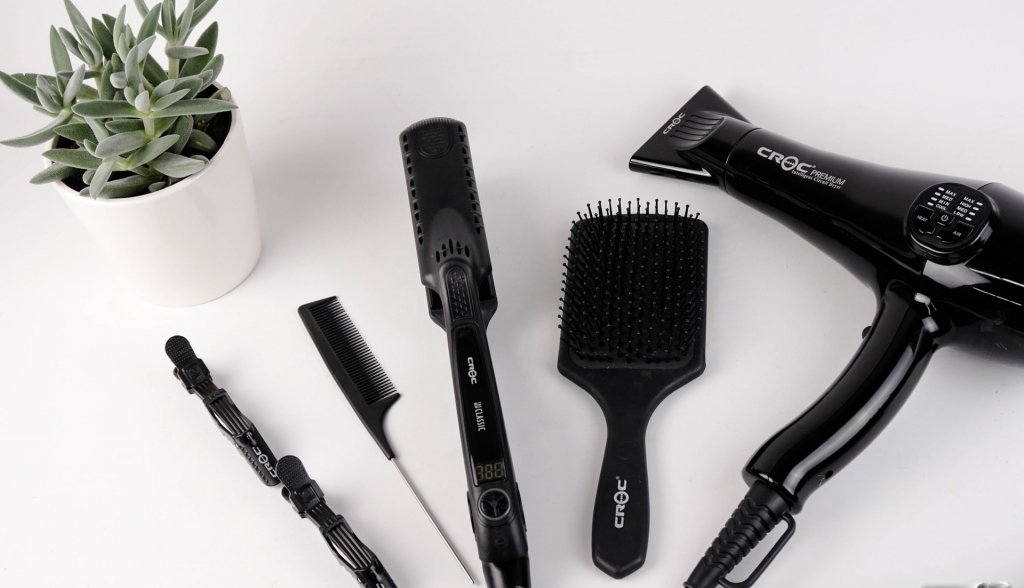
Not every one of us is aware, but hair type and its porosity should determine all of our hair care. The porosity of the hair is also responsible for how easily it can be styled and whether it is straight, curly or wavy. Find out whether you too have low porosity hair and how you should take care of it to keep it beautiful and healthy
To find out what type of hair you have, we can do a simple test. All you have to do is to pour lukewarm water in a glass, dip a single hair in it and leave it there for about 10 minutes. If your hair stays on the surface after 10 minutes, you have low-porous hair, if it is partially submerged you have medium-porous hair and if it is completely submerged you have highly porous hair. Now you need to adjust your daily hair care to your hair type and you will notice an improvement in the condition of your hair after about a month
If you have this hair type, you are in luck. When properly cared for, hair with low porosity is considered to be the healthiest and least problematic hair type. It does not split, does not become static, is soft, smooth and its ends do not split. They are also quite resistant to styling and any treatment associated with them, making them quickly return to their original shape. By nature, they are therefore mostly straight hair with a tendency to get greasy quickly. It is often limp and difficult to create volume. Interestingly, this type of hair is quite difficult to get wet and after washing, the drying process takes a really long time. They are also quite problematic when it comes to coloring. They are characterized by their tightly adhering scales to the hair’s cortex. Porosity is, broadly speaking, the state and condition of our hair. The higher the porosity, the more damaged hair is

Low-porous hair is considered to be the least demanding hair care. It absorbs all kinds of ingredients from hair cosmetics very quickly, so it is important to pay special attention to what products you use and how often. It is also advisable to limit the amount of cosmetics, for if you choose the wrong ones, you will only do yourself harm. This type of hair does not like proteins, which can weigh it down and make it look uncomfortably oily. Once in a while, you should apply a full-length conditioner, not a mask. Use mild shampoos with short formulas. After applying any cosmetics, rinse your hair thoroughly with water, so that as little as possible of the product remains on the hair structure. Over-absorption of certain ingredients can further dry out the hair and significantly degrade its overall condition.
Oiling low porosity hair is recommended not more often than once a week. Apply oil only to the ends of the hair and rinse out thoroughly after about an hour. Sometimes this process has to be repeated several times.
When caring for low porosity hair, it is recommended to use products such as light conditioners with herbal ingredients, some emollients such as coconut oil or shea butter, keratin or aloe vera. Definitely eliminate silicones and proteins and your hair will thank you.
main photo: freestocks/unsplash.com